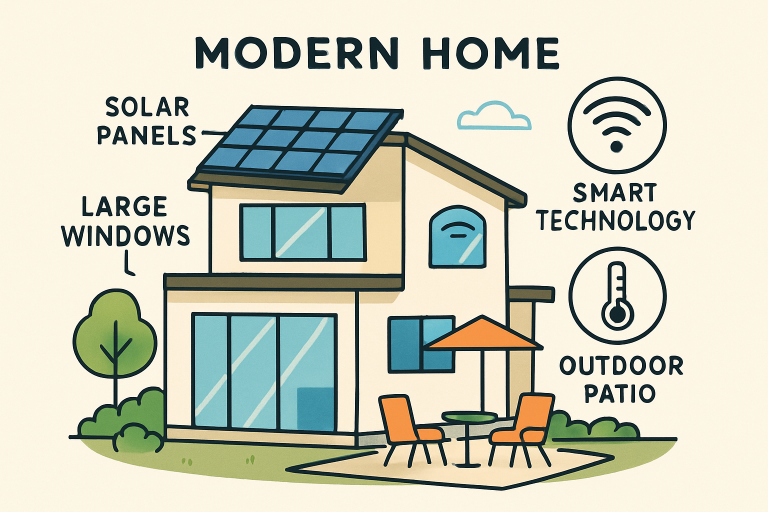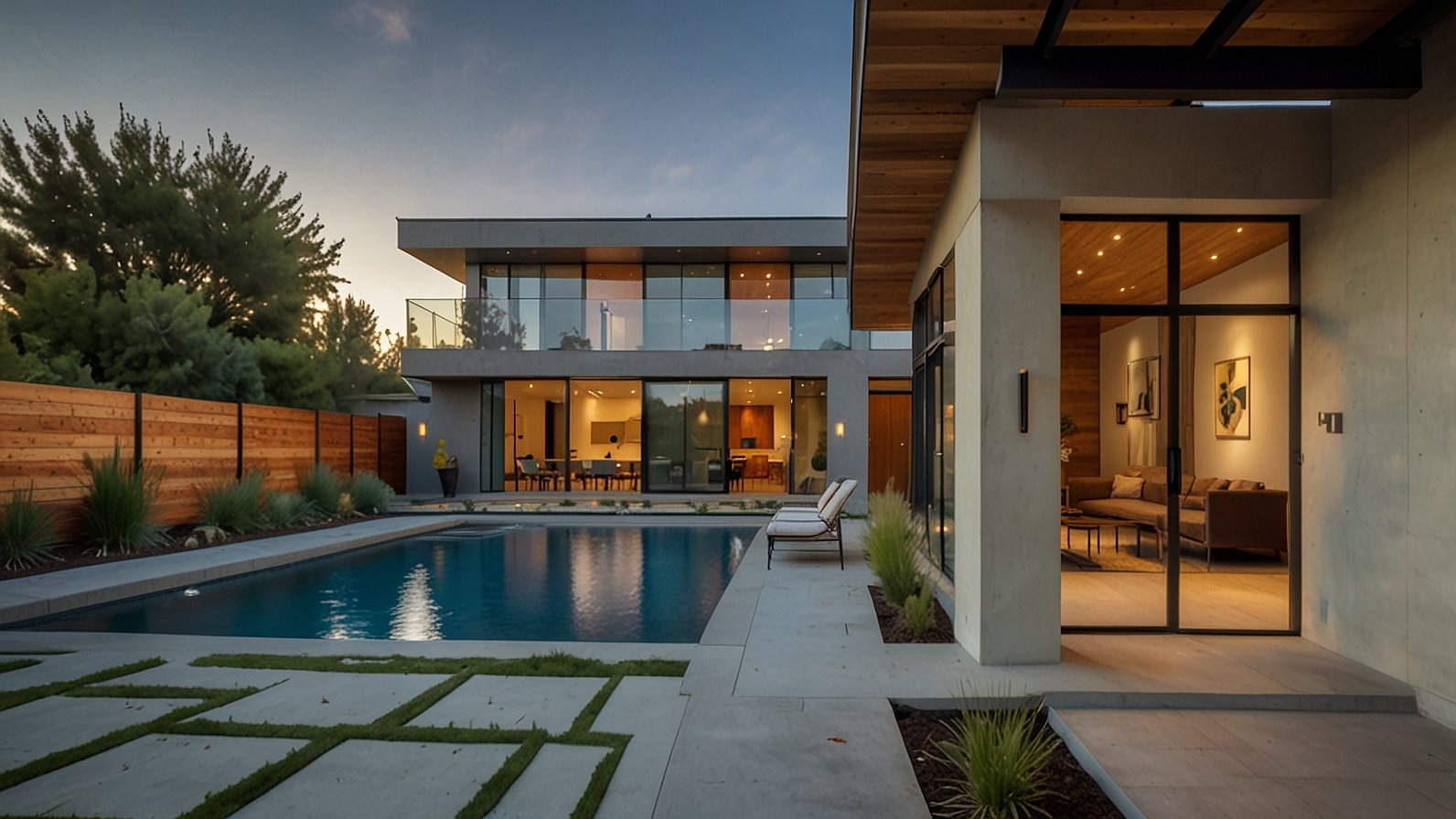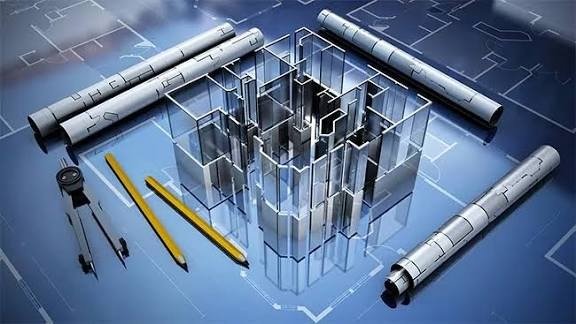Table of Contents
- Changing Buyer Preferences
- In-Demand Modern Home Features
- Impact of Technology on Home Design
- Energy Efficiency and Smart Homes
- The Importance of Outdoor Living Spaces
- Wellness and Health-Focused Designs
- Market Value and Resale Considerations
- Looking Ahead: Future Trends in Home Features
- Final Thoughts
Changing Buyer Preferences
The real estate landscape is experiencing swift changes as modern home features drive today’s buyer decisions. Homebuyers now seek properties that combine comfort, smart technology, flexible layouts, and eco-friendly upgrades effortlessly. In highly sought-after neighborhoods—like those found when browsing Calabasas CA homes for sale—expectations for these features are notably higher as emerging trends rapidly become mainstream.
Recent research from the National Association of Realtors supports the shift towards these contemporary comforts. It revealed that 60% of recent homebuyers prioritize updated amenities as a key factor. Demand for spaces accommodating multiple family members and remote working conditions significantly shapes what buyers see as must-haves in a new home.
In-Demand Modern Home Features
Popular home features are constantly evolving to reflect new lifestyles and priorities. Open concept floor plans, multipurpose rooms, large windows for abundant natural light, and flexible work-from-home spaces top buyers’ wish lists. Renovated kitchens outfitted with the latest appliances and practical, high-end storage solutions are highly sought after. Spa-inspired bathrooms, energy-efficient appliances, and built-in smart technology add functionality and luxury to a home, boosting its attractiveness in today’s market and often providing a competitive edge.
Impact of Technology on Home Design
Smart technology has become a central driver of modern home design. Home automation now goes beyond simple convenience, with systems that manage security, lighting, climate, and even entertainment with a tap or a voice command. New construction and recent renovations often include Wi-Fi-enabled thermostats, video doorbells, and app-controlled lighting as standard upgrades.

Energy Efficiency and Smart Homes
Sustainability is a key priority for today’s buyers, influencing the construction and ongoing operation of homes. Green features like solar panels, double-pane windows, and advanced insulation systems help reduce energy costs while shrinking a home’s environmental footprint. Innovations such as high-efficiency HVAC systems and smart irrigation further streamline energy consumption, offering savings and greater control over utilities.
There are also long-term financial incentives associated with these energy-efficient upgrades. Many states offer rebates or green mortgages for buyers who invest in sustainable properties, making these features even more attractive. The New York Times notes that homes with green certifications or notable energy-saving enhancements typically sell faster and command higher prices.
The Importance of Outdoor Living Spaces
The appeal of outdoor living has surged in recent years. No longer simply backyards or balconies, today’s outdoor areas are conceived as true extensions of the home. Patios with fire pits, outdoor kitchens, covered lounges, and manicured landscaping are now highly desirable. In many locations, homes boasting such features move more quickly on the market and may even surpass comparable properties in value.
Year-round comfort and entertaining capabilities are central to this shift. Buyers want to host gatherings or relax outdoors, prioritizing functional and stylish exteriors. Connected outdoor spaces—for dining, cooking, gardening, or unwinding—underscore a holistic approach to modern living and wellness.
Wellness and Health-Focused Designs
Health and wellness have emerged as leading design principles in new homes. Enhanced air filtration, use of non-toxic and sustainable building materials, and spa-like bathrooms create healthy, rejuvenating environments. Dedicated wellness spaces like meditation rooms, in-home gyms, and indoor gardens are increasingly prominent in modern designs as people spend more time at home.
This holistic perspective is mirrored in thoughtful layouts, including quiet zones for relaxation and noise reduction. These health-focused choices address physical well-being and mental tranquility, aligning with growing public awareness about the importance of healthy living spaces.
Market Value and Resale Considerations
Modern home features directly impact a property’s resale value. Updated kitchens, energy-efficient systems, and smart appliances often result in higher appraisals and generate more interest among buyers. The National Association of Realtors frequently highlights that homes packed with these upgrades attract more offers and spend less time on the market than homes lacking modern amenities.
For homeowners, investing in these sought-after features offers long-term value. Whether preparing a property for sale or seeking to maximize ongoing comfort and equity, including technology, flexible spaces, and sustainable upgrades remains a proven strategy for boosting market potential.
Looking Ahead: Future Trends in Home Features
The future of home design points to even greater integration of technology, sustainability, and flexible layouts. Builders emphasize adaptive spaces tailored for hybrid work, evolving family needs, and changing climate realities. Innovations such as modular designs, touch-free home controls, and eco-friendly materials are expected to gain traction in the coming years.
Keeping up with these emerging trends allows buyers and owners to prioritize upgrades that will retain and grow value over time. Engaging with evolving buyer preferences and new technologies can set a property apart in a competitive market.
Final Thoughts
Modern home features—blending state-of-the-art technology, sustainable choices, wellness-focused layouts, and versatile spaces—redefine what buyers desire and what homes offer. By embracing these trends, whether searching for the perfect property or upgrading an existing home, individuals can ensure their investment aligns with lifestyle needs and the evolving real estate market.
You May Also Read: Why Crash Pads Are the Smarter Choice for Military Housing










